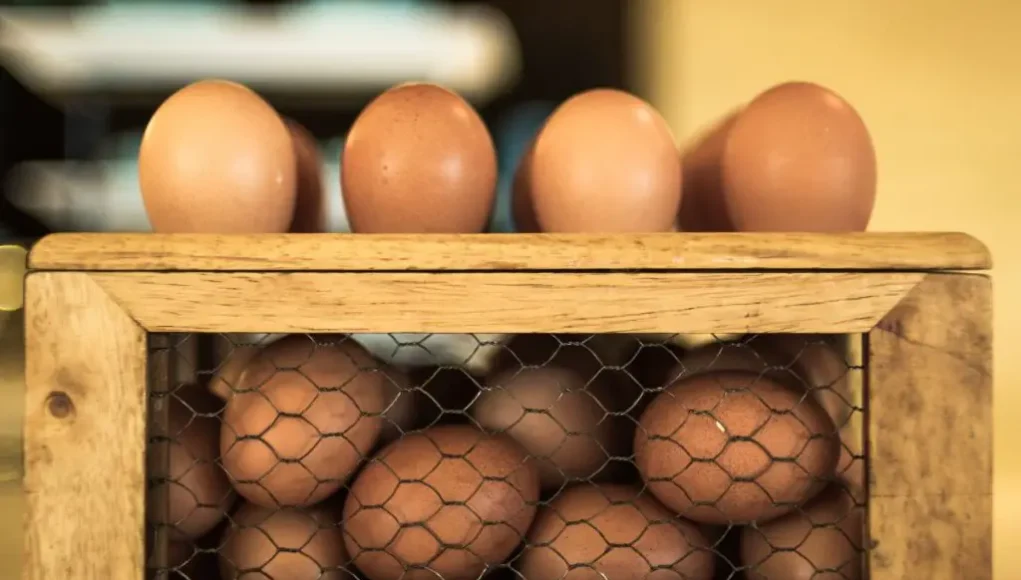Welcome to the fascinating world of hatching mixed poultry eggs! If you’re a passionate chicken lover, you might have wondered about the process of how to hatch mixed poultry eggs together. This journey is not only thrilling but also rewarding, as it allows you to witness the miracle of life unfold right before your eyes. Whether you’re a beginner or an experienced hatchery enthusiast, understanding the nuances of hatching different types of poultry eggs together can enhance your success rate and bring joy to your backyard farm.

Understanding the Basics of Poultry Egg Incubation
Before diving into the specifics of how to hatch mixed poultry eggs together, it’s crucial to grasp the fundamental principles of egg incubation. Incubation is the process of keeping eggs warm, at a consistent temperature and humidity level, to enable the embryos inside to develop and hatch successfully. Different poultry species have varying incubation periods, but the general principles remain the same.
The Importance of Temperature and Humidity
Temperature and humidity are the cornerstones of successful incubation. Most poultry eggs require a temperature of around 99.5F (37.5C) and a humidity level of 40-50% during the first 18 days. For the final stage, known as lockdown, humidity should be increased to around 65-75% to facilitate hatching.
Choosing the Right Incubator
Selecting the appropriate incubator is crucial when learning how to hatch mixed poultry eggs together. An incubator that allows for precise control over temperature and humidity is ideal. Some incubators come with features like automatic egg turning, which can be particularly helpful for beginners. You can explore more about choosing the right incubator here.
Preparing for Mixed Poultry Egg Incubation
Once you have a basic understanding of incubation, it’s time to prepare for hatching mixed poultry eggs. This involves careful planning and attention to detail to ensure all eggs hatch successfully.
Selecting and Storing Eggs
When considering how to hatch mixed poultry eggs together, the selection of eggs is a critical step. Ensure that the eggs are fresh, clean, and free from cracks. Store them in a cool, dry place if you’re not incubating them immediately. For more tips on egg collection and storage, visit best practice for egg collection.
Understanding Different Incubation Periods
Different poultry species have varying incubation periods. Chicken eggs, for example, typically hatch in 21 days, while duck eggs may take around 28 days. When hatching mixed poultry eggs, it’s essential to consider these differences to ensure all species have optimal conditions for development.
The Incubation Process: Step-by-Step
Now that you’re prepared, it’s time to delve into the incubation process itself. This step-by-step guide will help you understand how to hatch mixed poultry eggs together effectively.
Setting Up the Incubator
Before placing the eggs in the incubator, ensure it’s clean and functioning correctly. Set the temperature to a consistent 99.5F (37.5C) and adjust the humidity to 40-50%. Allow the incubator to stabilize for a few hours before adding the eggs.
Placing Eggs in the Incubator
Carefully place the eggs in the incubator, ensuring they are not overcrowded. If your incubator has an automatic turning feature, ensure it’s activated. This mimics the natural turning process done by hens and prevents the embryos from sticking to the shell.
Monitoring Temperature and Humidity
Consistently monitor the temperature and humidity levels throughout the incubation process. Any fluctuations can impact the development of the embryos. Make adjustments as necessary to maintain optimal conditions.
The Critical Lockdown Period
The final days of incubation, known as the lockdown period, are crucial for the successful hatching of mixed poultry eggs. During this time, you must refrain from opening the incubator, as this can disrupt the humidity levels.
Increasing Humidity
In the last three days before hatching, increase the humidity to around 65-75%. This helps to soften the eggshells, making it easier for the chicks to break through.
Observing the Hatching Process
As the chicks begin to hatch, it’s important to observe but not interfere. They may take several hours to fully emerge from their shells. Patience is key during this stage of how to hatch mixed poultry eggs together.
Post-Hatching Care
Once the chicks have hatched, they require special care to thrive. Ensure they are kept warm and dry, with access to clean water and nutritious feed. Gradually introduce them to their new environment, ensuring they are safe from predators and other hazards.
Providing a Suitable Brooder
A brooder is essential for keeping the chicks warm after hatching. It should be equipped with a heat source, such as a lamp, to maintain a temperature of around 95F (35C) for the first week.
Feeding and Hydration
Ensure the chicks have access to clean water and high-quality starter feed. This is crucial for their growth and development in the early days following hatching.

FAQs
Can I hatch different types of poultry eggs together?
Yes, you can hatch different types of poultry eggs together, but it’s important to consider their varying incubation periods and adjust conditions accordingly.
What should I do if the humidity levels fluctuate?
If you notice fluctuations in humidity, try to stabilize the environment by adjusting the incubator settings or adding water to increase humidity levels.
How long can I store eggs before incubation?
Eggs can be stored for up to 7 days before incubation. Ensure they are kept in a cool, dry place and turned regularly if not incubated immediately.
For more information on egg incubation, you can visit this detailed guide on how an incubator works.
This article contains affiliate links. We may earn a commission at no extra cost to you.










